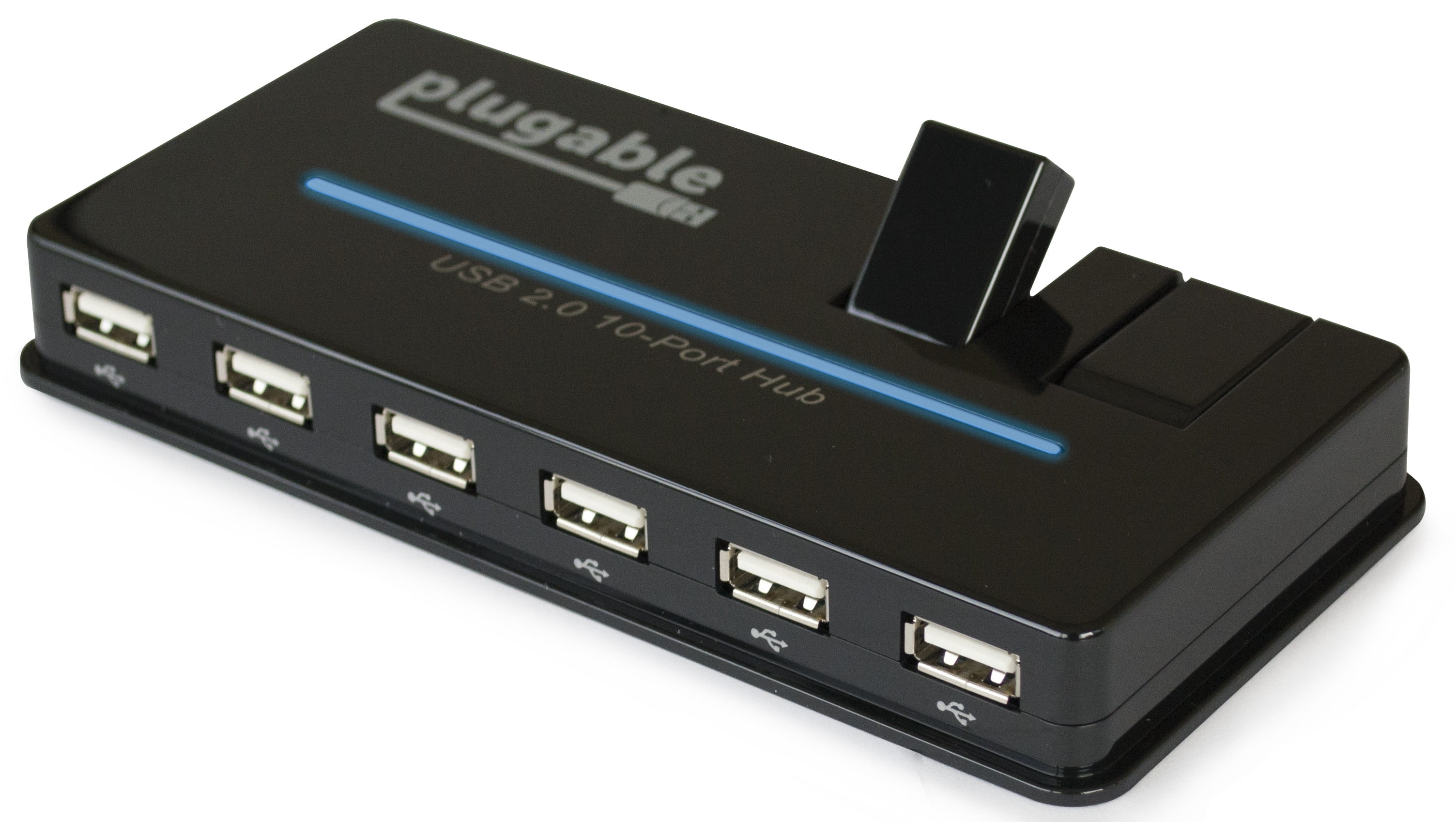Is "HD" the most overused and misunderstood term in the digital age? It undeniably is, often slapped onto products and services with little regard for its true meaning, creating a landscape of confusion for consumers.
The ubiquity of "HD" short for High Definition has created a marketing buzzword that's become almost meaningless. From televisions and streaming services to even the humble smartphone, the term is used to denote a supposed increase in quality. You encounter a plethora of resolutions: QHD, Quad HD, FHD, Ultra HD. But what does it truly signify, and are we, as consumers, being misled by its pervasive use?
Let's delve into the specifics. True High Definition, in its most basic form, is defined by a resolution of 1280 x 720 pixels. This is the baseline. Anything above this threshold is technically an improvement, but the marketing machine doesn't always play by the rules of technical accuracy. "HD" has morphed into a catch-all for "better," even when the difference is marginal, or the actual quality is far from it.
This article explores the nuances of "HD," dissecting its technical definition, examining its usage in marketing, and highlighting the platforms that actually deliver on the promise of high-quality content. It's a guide for navigating the confusing world of digital media, ensuring that you, the viewer, are equipped to make informed decisions.
Streaming platforms have capitalized on the allure of "HD." Services like Netflix, Disney+, and Amazon Prime Video heavily promote their HD and Ultra HD content, offering viewers a visual experience that is significantly superior to older, standard-definition formats. These platforms understand the importance of visual fidelity, and the competitive landscape ensures that they continue to invest in higher-resolution content to attract and retain subscribers.
For those seeking to explore a broader selection of movies and TV shows, services such as JustWatch are incredibly useful. They aggregate content from hundreds of streaming services, allowing you to easily find where to watch your favorite titles. JustWatch is a user-friendly tool that simplifies the search for high-quality entertainment, streamlining the viewing experience and saving users valuable time.
However, the quest for "HD" content can also lead to less reputable corners of the internet. Platforms claiming to offer vast libraries of free HD movies and TV shows often operate in a gray area, sometimes even breaking the law. Sites like HD Hub 4U, for example, claim to offer a comprehensive hub, but these services often come with potential legal risks and security concerns.
The appeal of free content is understandable, but it's crucial to weigh the benefits against the potential downsides. Downloading or streaming copyrighted material from unauthorized sources can expose you to legal repercussions, malware, and other security threats. Consumers should prioritize legitimate streaming services to ensure both a high-quality viewing experience and a safe, legal online environment.
Let's take a moment to address the realities surrounding some platforms. Some platforms struggle to deliver on their promises. The quality of the content library is the key factor. If the platform is not regularly updated or has many issues, it cannot live up to its claim. Furthermore, many sites use the term "HD" loosely, leading to a perception that the content is higher quality than it actually is.
Furthermore, platforms that offer free HD content often rely on intrusive advertising, or even worse, may contain malware. This can compromise your device's security, leading to data breaches or other issues. Users need to be cautious, assessing the risks before visiting unknown websites. They must prioritize their digital security.
For those in search of Bollywood or Hollywood movies, there are options available. One must conduct the appropriate search to make sure the sources are safe and legal.
Before you engage with any platform, consider the following, evaluate the source's legitimacy, if it has the rights to share the content. Second, evaluate if the website is secure and trustworthy, look for secure connection, check for security certificates. Third, use the available legal streaming platforms that protect the copyright holder.
The evolution of interactive screens demonstrates how important resolution has become. These screens are now found in schools, offices, malls and many other public spaces. People can enjoy their favorite movies and shows without compromising on visual quality. These screens offer greater clarity, making images and content more appealing.
The search functionality provided on these platforms is often straightforward. The user can quickly find a specific title. Streamlined user interface provides convenience. In turn, this enhances user experience. If there is a good library, the customer can get the most from the platform.
In comparison to the mainstream platforms, these sites may offer something unique. They offer free access to a vast library of HD content. Be mindful of the potential legal and security risks. Downloading pirated content can have serious legal consequences. The risks are significant for those who download illegal files.
When considering platforms that offer free access to content, users must carefully analyze the risks. There are legal repercussions. Also, the security issues must be taken into consideration. It's crucial to exercise caution.
In the end, the term "HD" has, in a way, become the victim of its own success. It's been so broadly adopted and manipulated that it no longer carries the clear, technical meaning it once held. As consumers, we must be more discerning, looking beyond the buzzword and evaluating the actual resolution, content quality, and the legitimacy of the source before we settle in to enjoy our favorite shows and movies.


